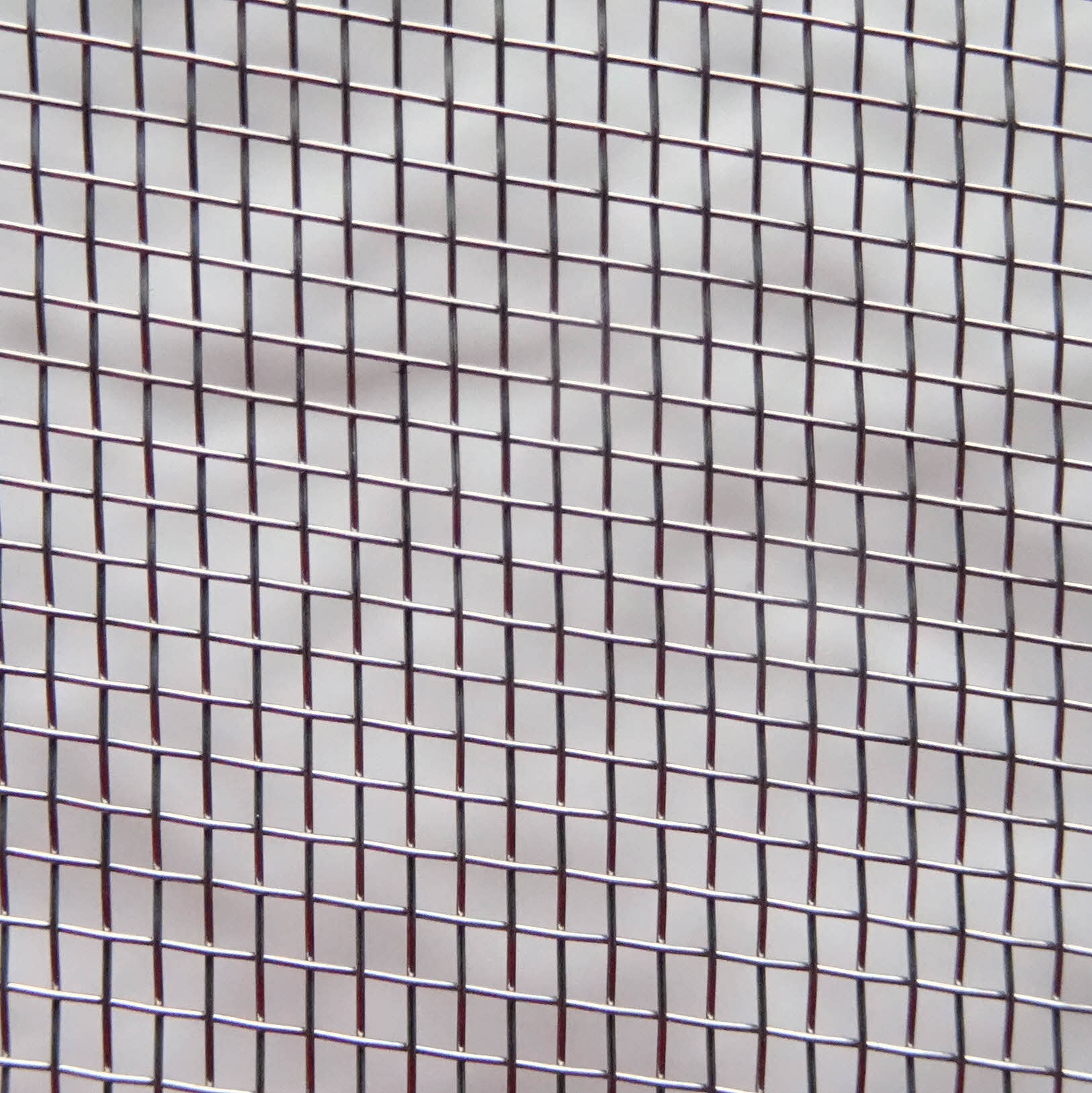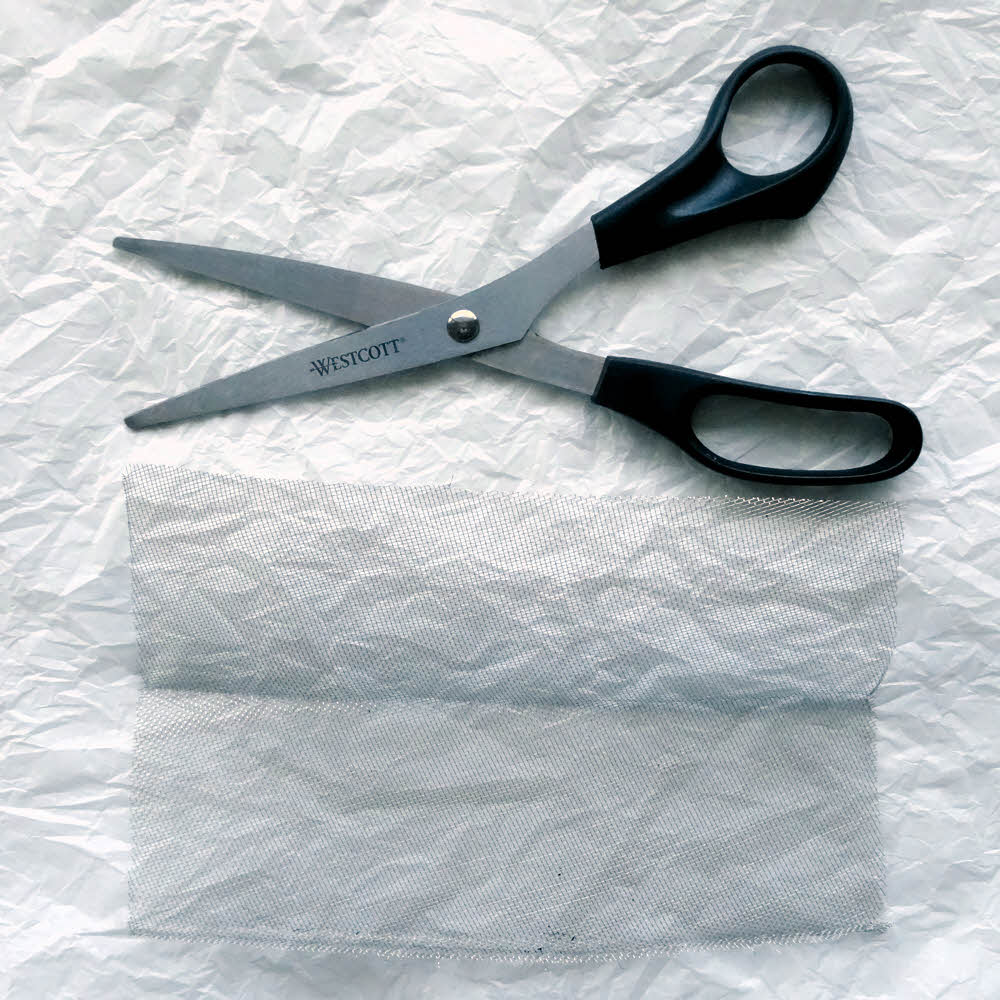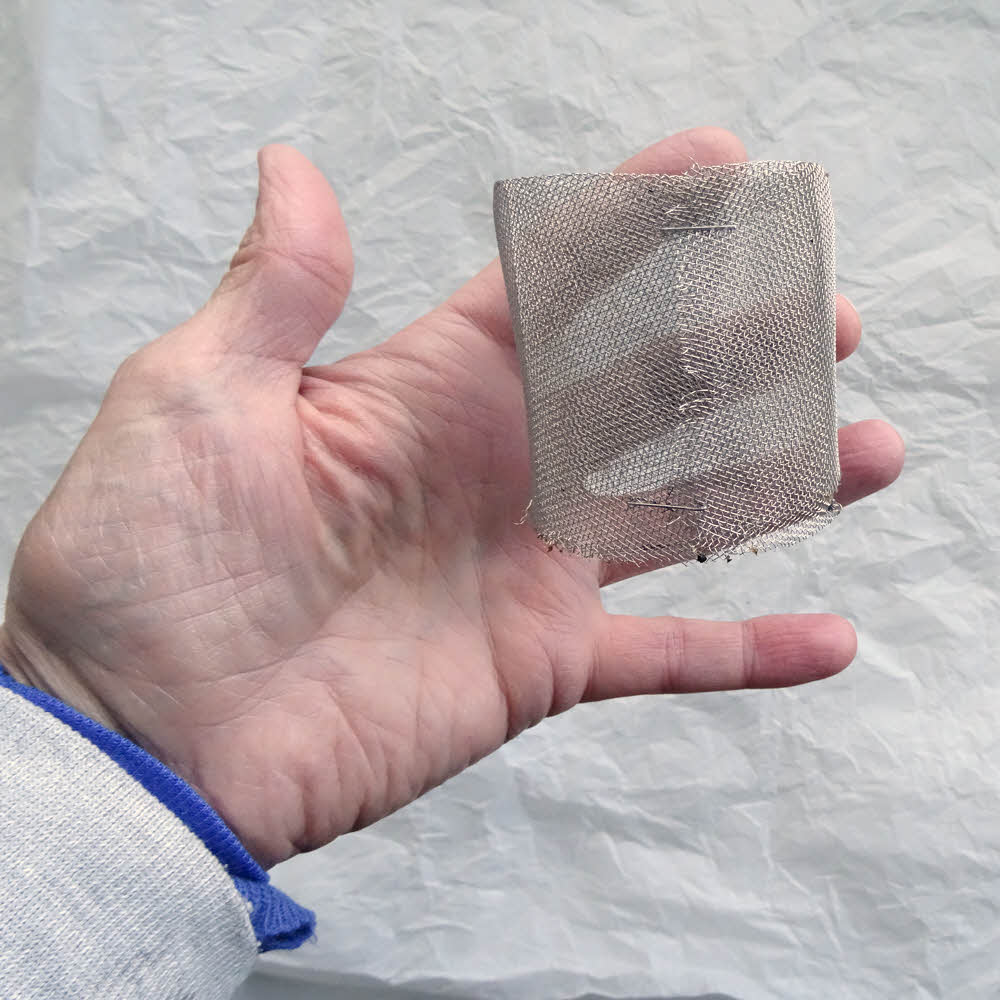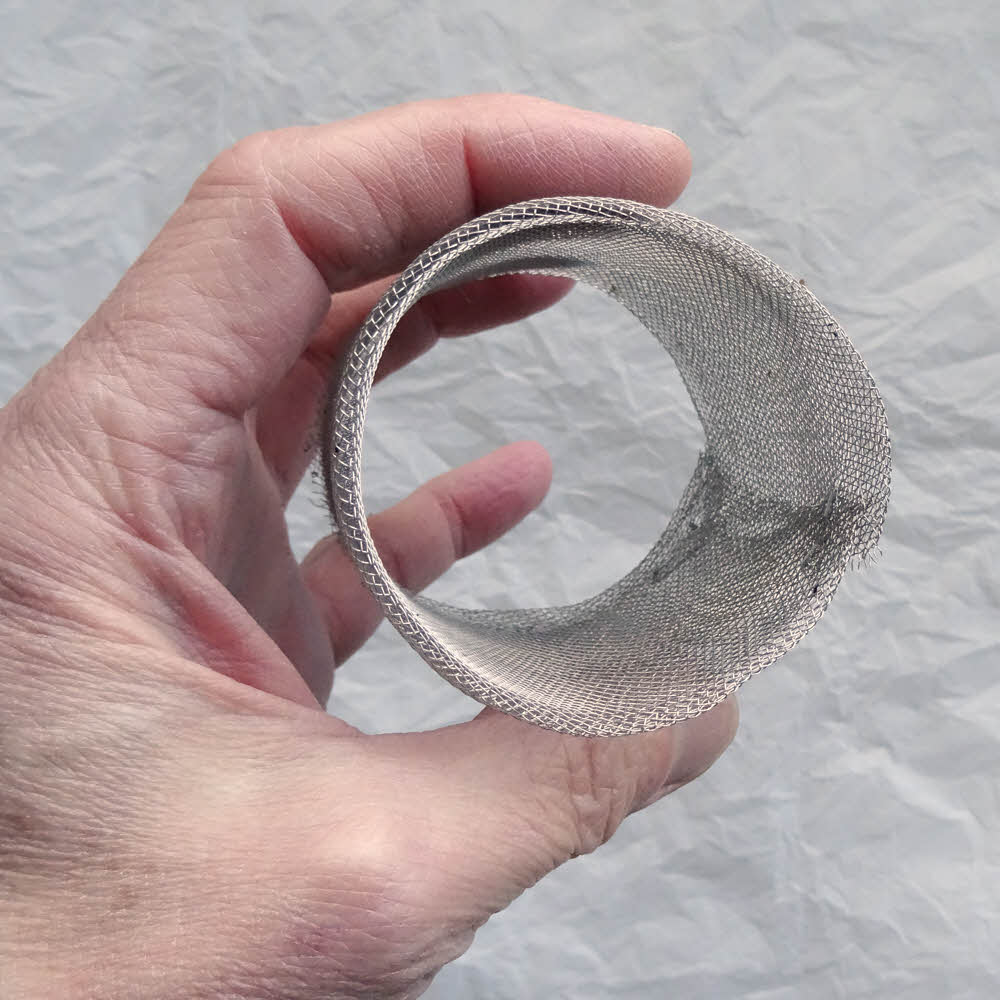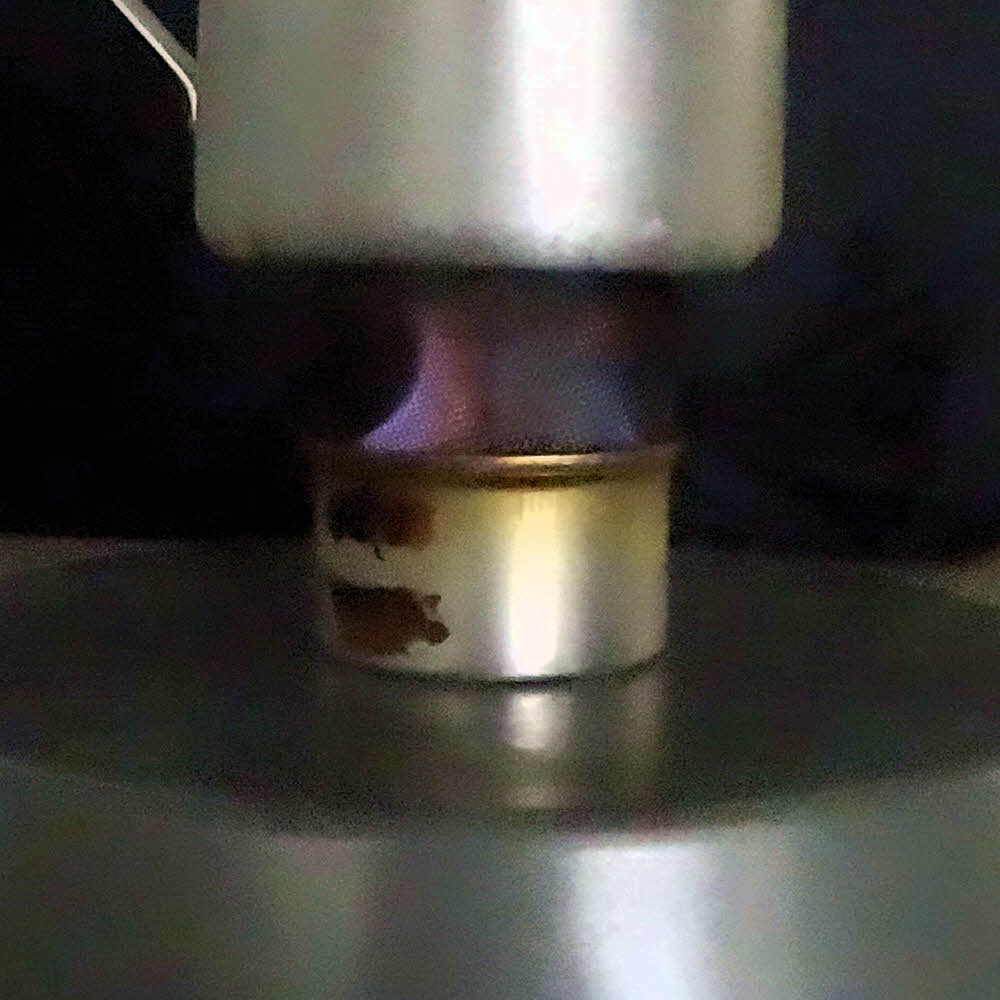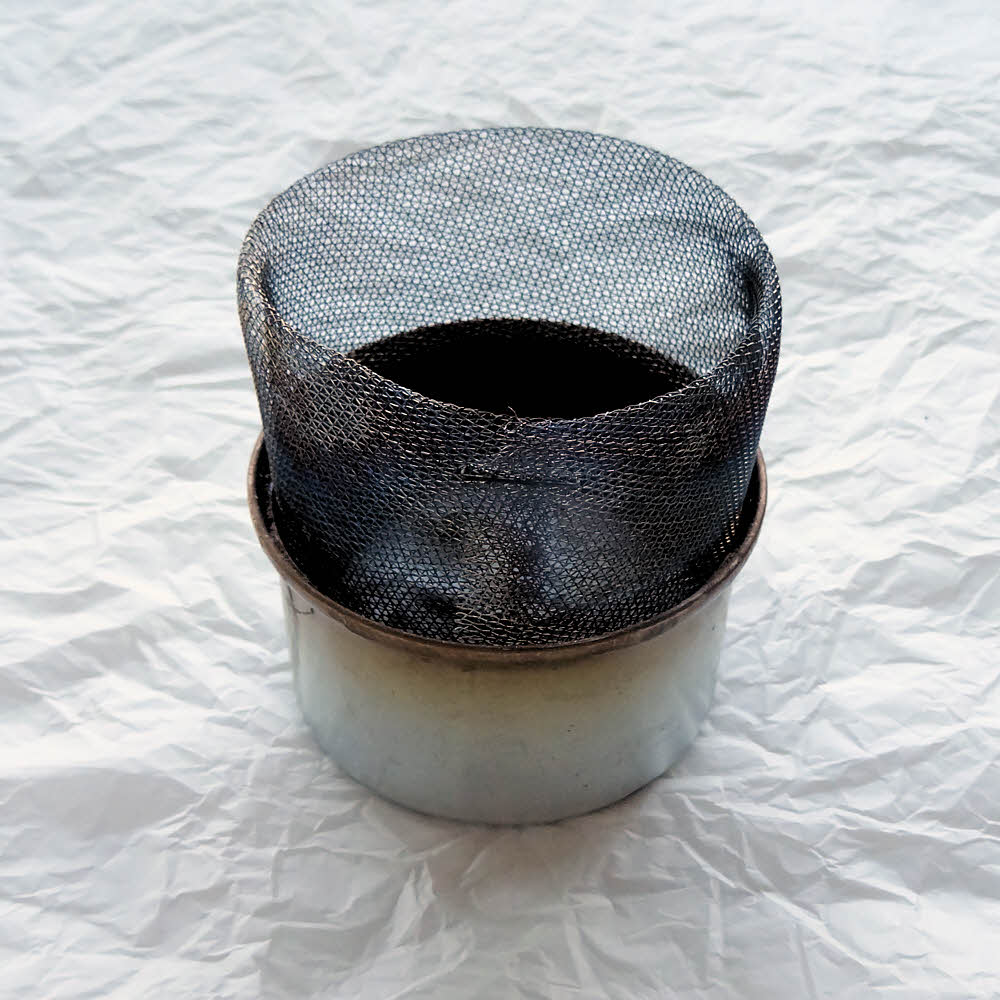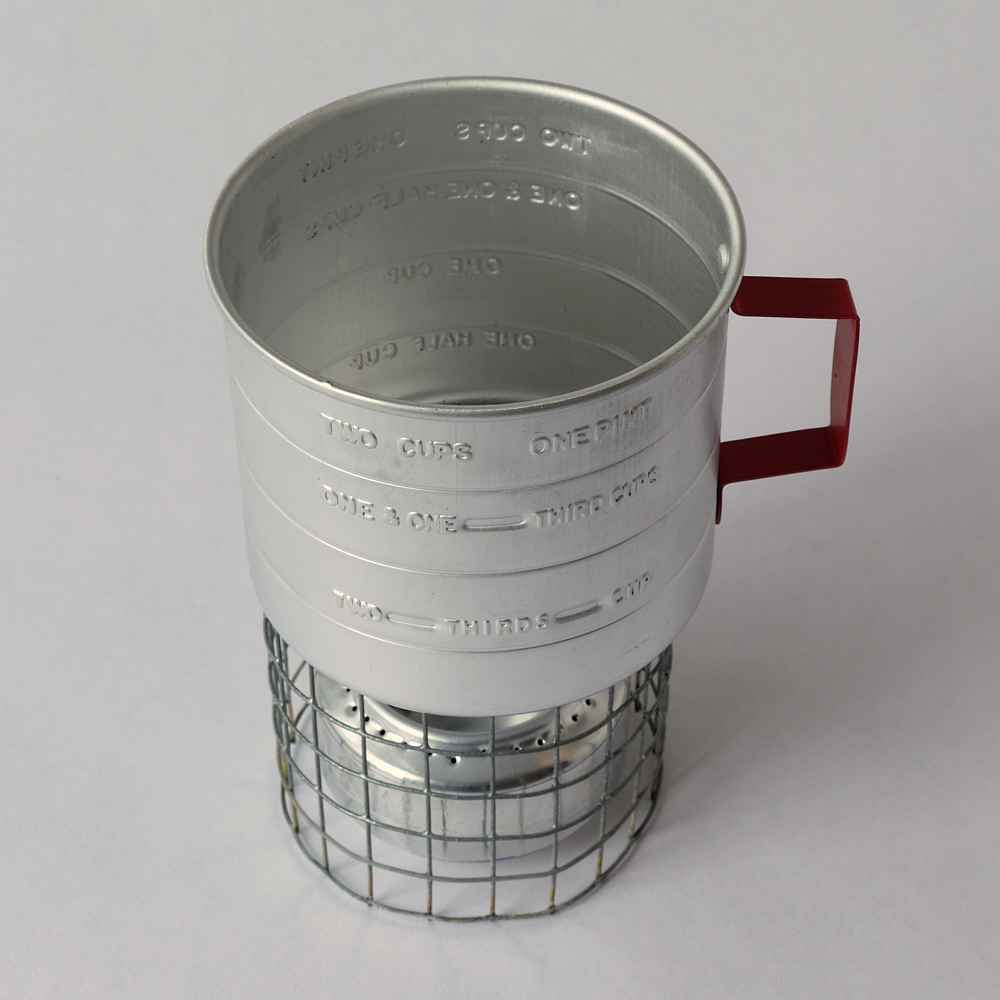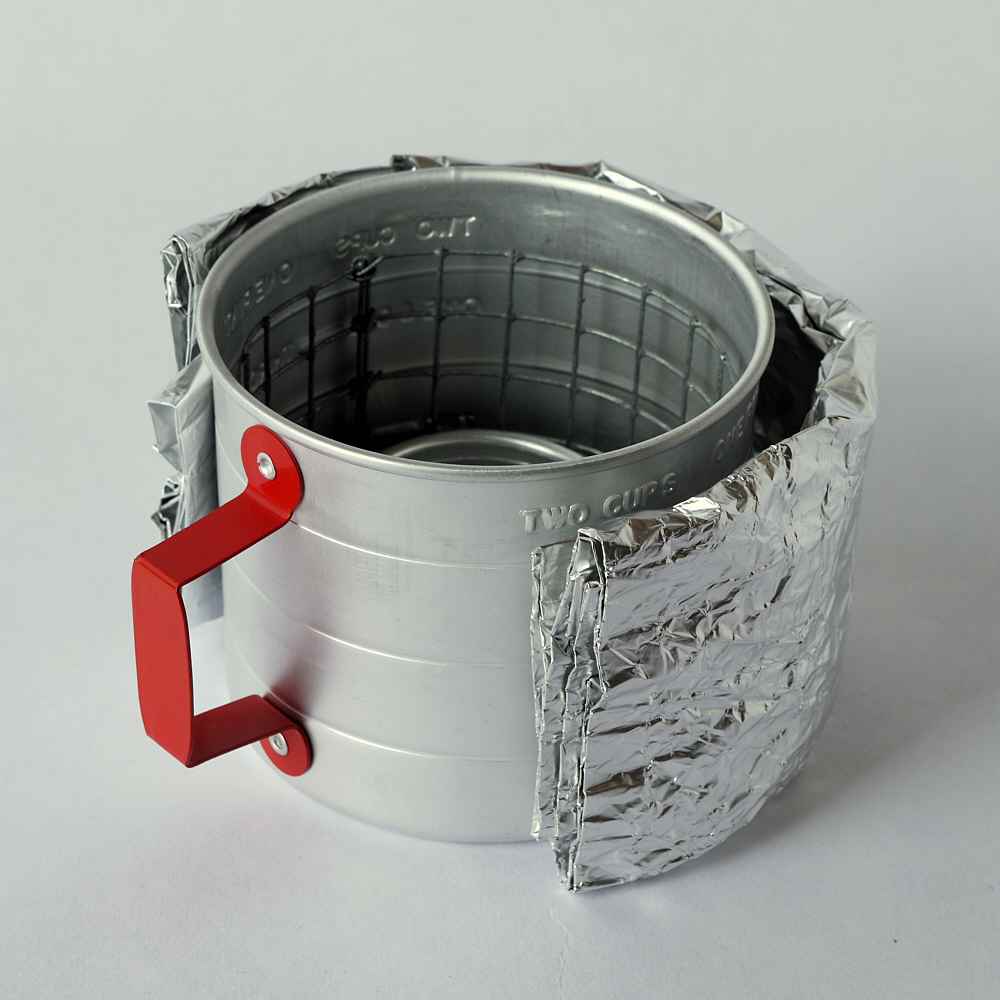
(1) Titanium is... The Fairy Queen in Shakespeare's A Midsummer Night's Dream? (Nope. That was Titania. Dang.)
(2) Titanium is... Proof that you've spent more money on your cook set (or stove, or boot lace tips) than anyone else in your hiking group, extended family, city, state, province, country, continent, planet. (Hmmm...ah...well...)
(3) Titanium is... Proof that you're trendy, and possibly an idiot, though still a trendy one. Let's hope you can dress the part. (Closer. We're getting closer...)
(4) Titanium is... A metal incorrectly described by absolutely everyone stupid as "amazingly lightweight and strong, and perhaps the way to go if you're obsessive about ounces."
No, it isn't. But what would you expect to read in Backpacker magazine?
Titanium is a metal, yes. And titanium is light, compared to uranium. But not compared to steel.
Stoveless and cook-pot-less and fuel-less is the way to go if you're obsessive about ounces (or even worse, if you are what they call a gram weenie), and can gag down cold, slimy, tasteless suppers night after night.
Aluminum, however, is the way to go if you're obsessive about ounces (or grams) and also about price, and if you like to compare the weights of your tools to the weights of their shadows.
Titanium is only 12% lighter than steel, though it has nearly all of steel's strength, which is good, while aluminum is a whole 54% lighter than steel and still has 75% of steel's strength (Spot the trend here?), which is plenty-nuff for a cook pot, to use the technical term.
True, titanium doesn't ding or dent very easily (because it is tough, and that is nice), and titanium is highly resistant to corrosion (which means that it stays more prettier longer). Since titanium has that toughness, it can be rolled thin. The thinner the material, the less there is of it, and so the less the finished product weighs (even if it's made of uranium), which is the real advantage of titanium, the toughness.
But if you just want a pot to cook in and you don't care a lot about exactly how pretty it is, but you do care about how heavy it is while still caring about how much it costs, then aluminum is the way to go. Sure, you sort of do care about how tough a pot is and so on, kinda, and you may also think a bit about how beat up it's going to look eventually, in a few years. Or maybe not. Your call, eh?
Titanium considered only as a material is significantly heavier and vastly more expensive than aluminum. Those who own titanium doodads tend feel smarter than the rest of us because they can afford to, and because titanium tends to keep its manufactured shine longer. OK.
Then again, a lot of people who feel that way don't go backpacking anyhow, because if they went backpacking they would get their clothes dirty and they would get tired, and what they really above all want is to keep that just-off-the-shelf, crisply-pressed, squeaky-clean, newly-unwrapped look, while continuing to smell of aftershave. Titanium will help with that. Even if you're a woman who likes to wear aftershave.
So, titanium is really for people who don't ever want to sweat or walk uphill or discover that bugs are attracted to them.
See tabs at the top for definitions and books.
Have extra info to add?
If the commenting system is out again, then email sosayseff@gmail.com
Me? Still dusting my rust.



